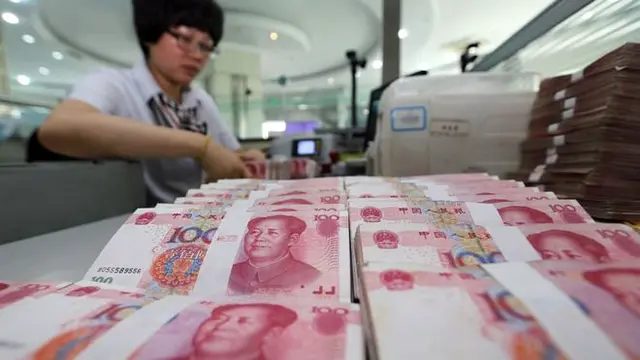Analysis of rocks from the seafloor off New Zealand has given scientists an insight into how the Earth's tectonic plates have been moving for millions of years and the formation of submarine mineral deposits.
Analysis of 40 rocks recovered along the Kermadec Arc enabled a team of scientists from New Zealand, Australia, Germany and the United Kingdom to build a better model of the way the Pacific plate was being dragged down and recycled into magma and other volcanic products, including some that end up as mineral deposits.
The chemical makeup of seafloor volcanic chains was strongly influenced by the chemistry of the subducted tectonic plate, according to the New Zealand government's Institute of Geological and Nuclear Sciences (GNS Science) Friday.
A 20-km-thick section of the Pacific plate, known as the Hikurangi Plateau, was being "consumed" as it descended beneath the Australian plate east of the North Island, lead author and GNS Science marine geologist Christian Timm said in a statement.
The Hikurangi Plateau was fluid-rich and more fluid in the Earth's mantle induced more molten rock, resulting in a highly active chain of seafloor volcanoes that erupted often and produced a lot of volcanic material.
"We've found that the chemistry of the down-going tectonic plate influences the type of submarine volcanism and possibly the type of mineral deposits that are formed on the seafloor," said Timm.
"It's remarkable that the unique chemical signature of the Hikurangi Plateau and its seamounts are revealed in rocks sitting on the seafloor today millions of years after they have been subducted," he said.
"This enables us to determine exactly where and to what extent the Hikurangi Plateau slid under the Australian plate during the past 10 million years."
Nowhere else in the world was such a large and thick block of oceanic crust subducting in the same way.
The findings had far-reaching implications for hazards and the economic potential of the submarine volcanoes above the plate interface, he said.
 简体中文
简体中文



